ARTIFICIAL INTELLIGENCE|A.I :- The Genesis, Development & Impacts !!!
Holla hivers! It's been a while i published or did anything on Hive! Guess I've been going through a reboot phase! haahaaa! A lot has unraveled all around the world especially with the political scene in the U.S and Covid. It seems Covid truly is here to stay and it’s going to be for a while. Step by step, things are starting to return to normal and it’s amazing how we adapt to change, don’t you think?
Without further ado, this article discusses the basics of the genesis and development of A.I Technology (a.k.a Artificial intelligence), plus some juicy extras. Do enjoy reading through
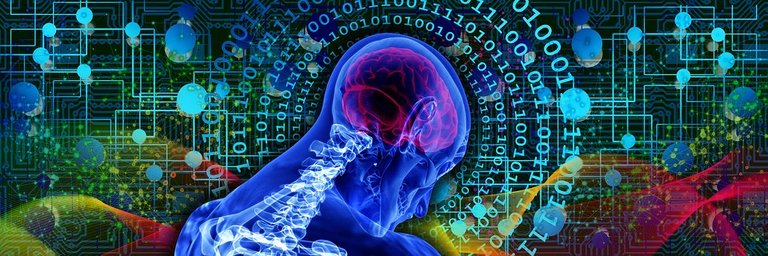
A lot is currently being said about A.I and it’s in our best interest to always have it in mind that A.I is not only about computers that can play and win games like chess or help to translate languages. It definitely goes beyond that, as A.I can be used to predict things about every one of us.
So how about we take a short trip down Memory Lane and discuss how it all started...hmmm?
In 1941, the innovative Germans seemed to be on top of their game and were calling the shots when the world was at war. They had found a way to secretly communicate Military orders without the Allied forces getting a chance to intercept their messages. An encryption device known as "the Enigma Machine" was used to encode messages. It was very efficient, since cracking this device was a difficult and time consuming process.
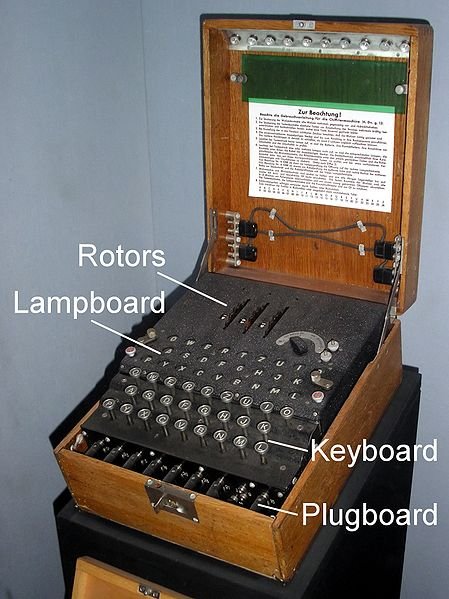
Obviously, a swift decoding process would turn things around for the Allied Forces. And leading the quest to build a fast and dependable Decryption machine, was British Mathematician Alan Turing. He was the first person to actually come up with an Idea of a computer existing as a thought machine that could think like a human being. He and his team went ahead to build a machine that used Electromechanical Technology and increased the decryption rate of messages, which decisively aided the Allied Forces in bringing the 2nd World War to an end.
In other words, this can be referred to as the birth of Machine Intelligence. By 1956 in the United States, the technology seemed to gain ground as a lot of bright minds began to see the potential in Machine Intelligence. The words “Artificial Intelligence” were actually gotten from the proposal of a workshop (a summer-long research project) organized in Dartmouth College by Marvin Minsky (Mathematician and Cognitive Scientist) and John McCarthy (Computer Scientist and Cognitive Scientist). Both are regarded as the Founding Fathers of the discipline of Artificial Intelligence.
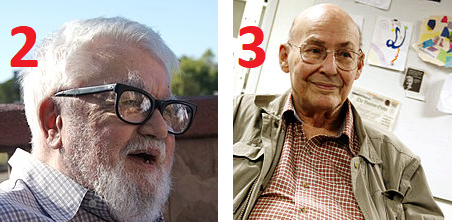
The Defense Advanced Research Projects Agency of the U.S Military took cognizance of this new technology and funded its development with the hopes of using it maximally against the Soviets in the Cold War. However, the researchers were to choose a path in approaching the development of this technology. They could either go through the Expert System approach (where all the rules the machine needs to follow are codified as much as possible) or the Neural Network development approach (in which the machine will be fed data and the machine will continually learn from these data)
Eventually, Marvin Minsky and Seymour Papert published a book; Perceptrons which showed that the Neural Network Approach did not make it possible for the Machines to learn certain things. This find pushed researchers to focus more on the Experts System Approach.
Interestingly, as at the early 1970s, the progress made with A.I seemed bleak as the machines developed were rather rudimentary. Soon enough, people lost interest in the research and the technology was no longer funded by the government. This froze the development of A.I for about 20 years.
With the government no longer interested in A.I, private companies such as IBM took on the development of A.I technology using the Experts System Approach, and were soon able to produce a computer that could actually play the game of chess. I’m sure we all know how tactical and thoughtful the board game is ;).
In 1997, the company challenged the world’s Chess champion and Grandmaster Gary Kasparov for a number of Chess Matches against their computer named “Deep Blue”. The computer had about 64.000 processors working at high speed and could make millions of chess moves in seconds.

In between the 1st and 2nd encounters, they had trained the computer on lots of Kasparov’s Chess moves and it seemed the machine was tuned to playing in his style in the game. The machine was finally able to outsmart and outmaneuver Kasparov in a series of 3 matches in the last encounter. This would set things in revolutionary motion.
Deep Blue was a big hit which made IBM move further in 2011 into developing a machine that was more intelligent. This time around it was named “Watson”. The machine could play the Jeopardy game ( a game in which answer to a question is given and the contestants have to guess or know the question to the answer).
To build this computer, the engineers made some modifications to the Experts Systems Approach by including the long forgotten Machine Learning Technique. The machine had tons of algorithms built-in to aid the process of understanding human Language from data fed to the machine. This was possible due to advances made in the field of Natural Language Processing.
With the arrival of mobile phones, high-speed microchips, Personal Computers, the internet and tech giants from the 1990s till now, the machines saw a huge boom in data feed (I mean tons and tons of data) and massive computer processing power. These sorts of data usually referred to as Metadata are being collected from our daily activities most especially from our devices by the tech giants.
Artificial intelligence has found its way to become a part of every field of study you can imagine. It’s being incorporated into our daily lives and one could say we possibly are living in coexistence with these machines already. The technology is currently used in medical diagnosis, electronic trading platforms, robot control, and remote sensing. With A.I we can see a steady growth in the development and advances of numerous fields and industries, such as; finance, healthcare, education, transportation, and more.

The Military has also deployed this technology into building Drones and highly intelligent Surveillance System networks, which follow certain algorithms that use Metadata from our devices e.g. phones, computers etc to help track and sometimes eliminate targets in the so called “War against Terrorism” and insecurity in various locations around the world. This move by the Military has been lauded by many, but it has also received its fair share of criticism as the technology seems to be abused by the Military.
Some critics even bring to our attention the fact that the technology is being used to track and monitor harmless civilians, thereby violating the human rights to privacy. Everyone seems to be conversant with social media these days and share tons of pictures on them. These pictures can be used to train algorithms into detecting specific features and recognizing certain forms which is now termed as “Deep Learning”.
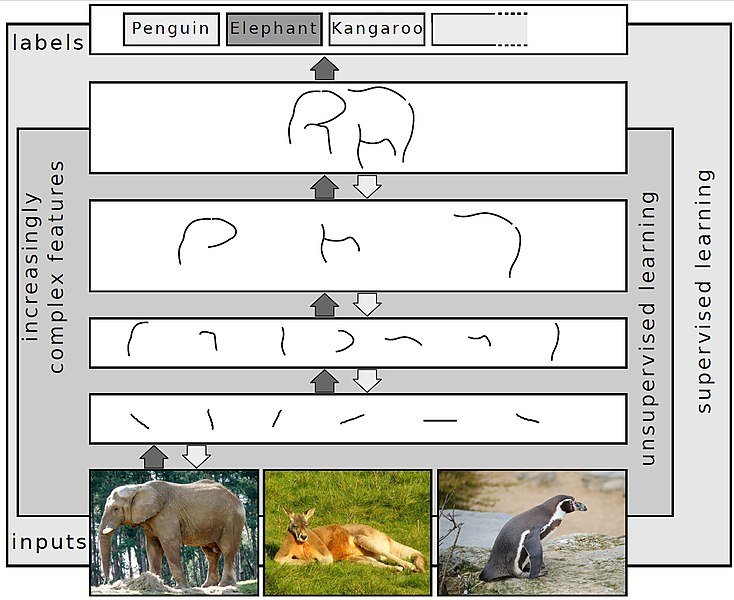
With this advance in the tech, A.I can teach itself to recognize people and pick out a specific face in a crowded location. Artificial Intelligence sure has come a long way from the days of uncertainty and the journey continues to develop computers that can do everything humans do.It is definitely here to stay and though the technology seems to come with a number of controversies, we definitely can’t ignore the beauty of this masterpiece technology and how it continues to affect our activities as humans. I guess it is up to we humans to deploy this technology for good! I hope you enjoyed reading through, feel free to follow me if you did! I do look forward to your comments and additions below! You can check out some of my sources for more info! How Alan Turing Cracked The Enigma Code
References
Expert System
Deep Blue
Computer Wins on ‘Jeopardy!’: Trivial, It’s Not
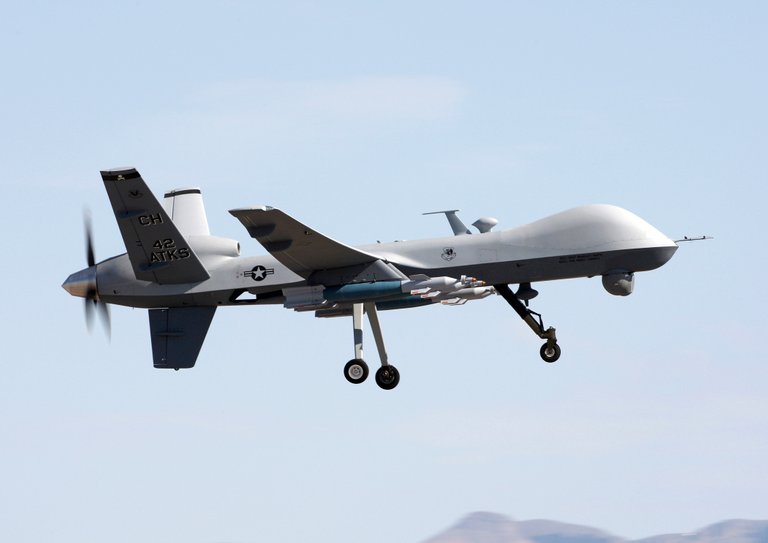

https://twitter.com/QuadriAbdulkabi/status/1313303862913179653
My Proof of Tweet
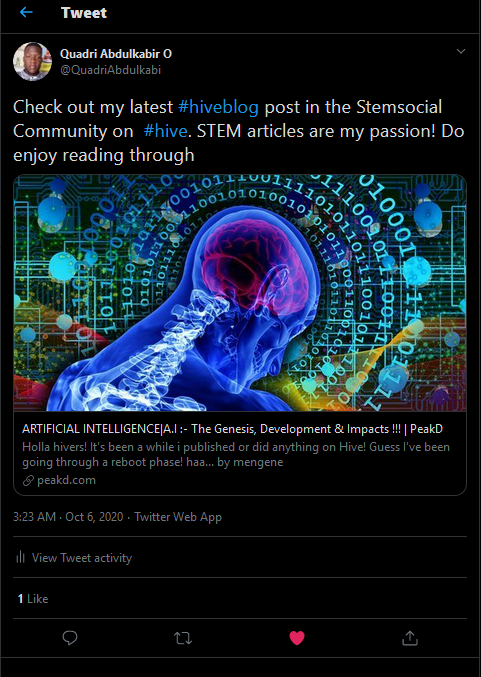
Thanks for your contribution to the STEMsocial community. Feel free to join us on discord to get to know the rest of us!
Please consider supporting our funding proposal, approving our witness (@stem.witness) or delegating to the @stemsocial account (for some ROI).
Thanks for using the STEMsocial app and including @stemsocial as a beneficiary, which give you stronger support.
Congratulations @mengene! You have completed the following achievement on the Hive blockchain and have been rewarded with new badge(s) :
You can view your badges on your board and compare yourself to others in the Ranking
If you no longer want to receive notifications, reply to this comment with the word
STOPDo not miss the last post from @hivebuzz: